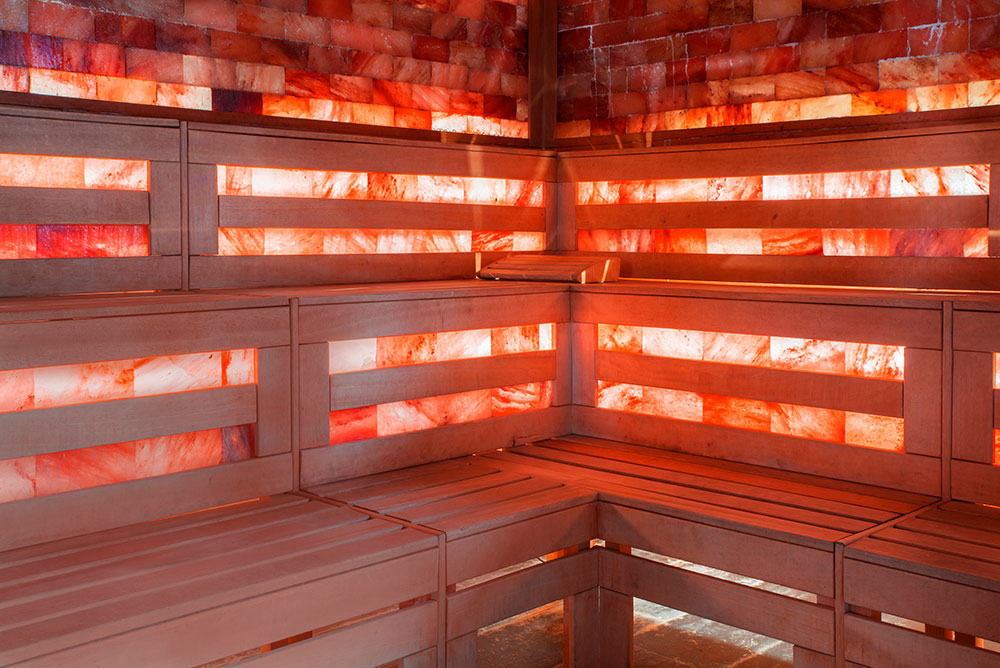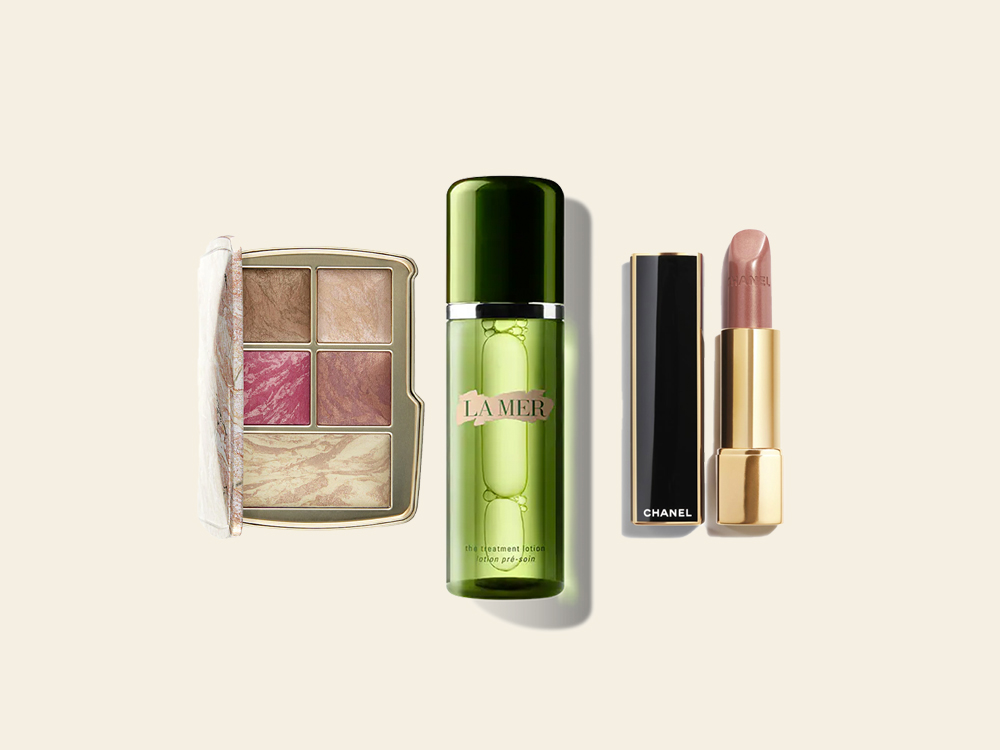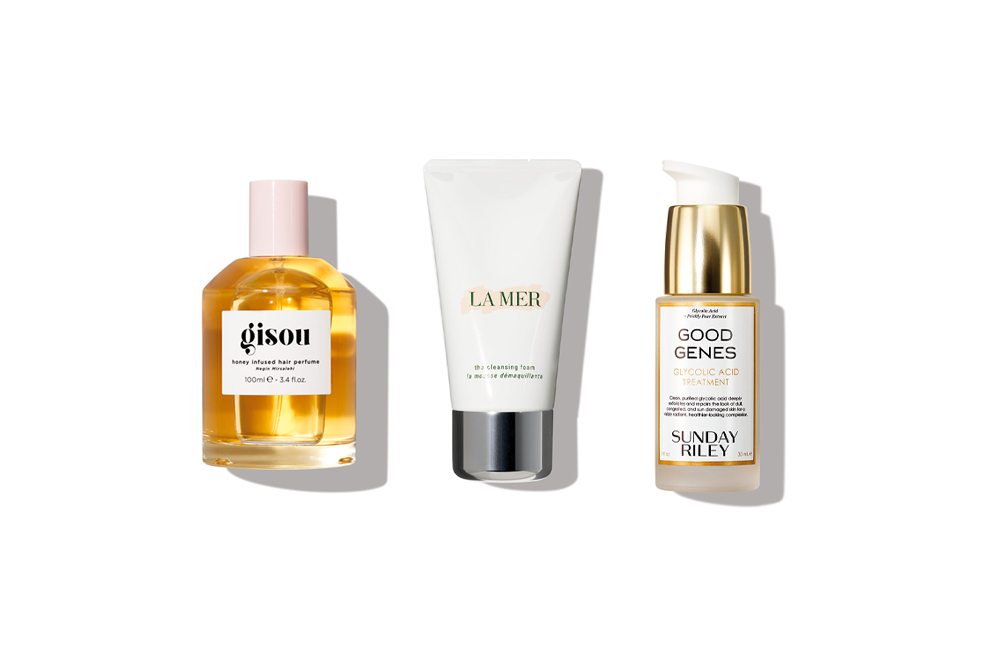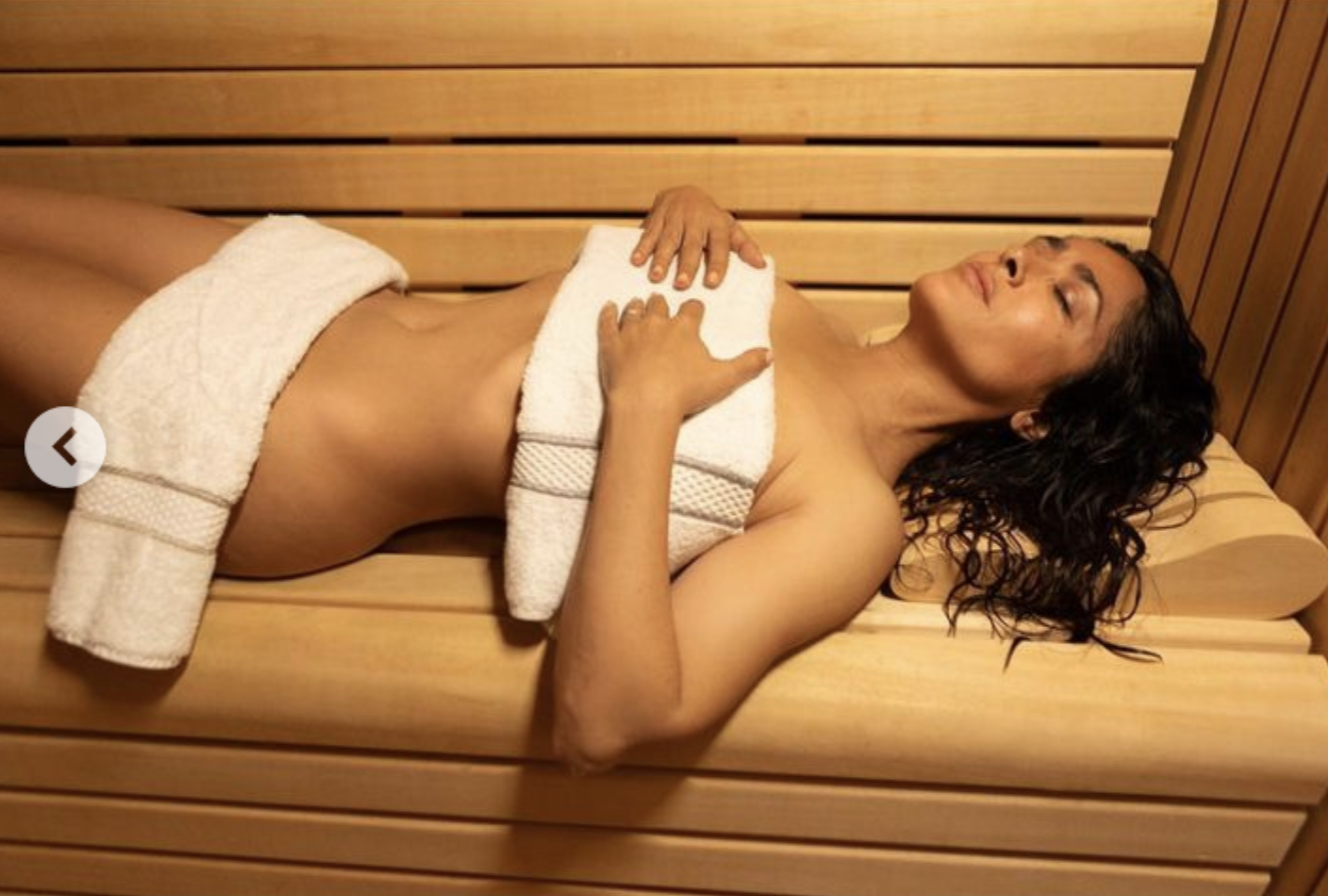The Greek and Romans were reportedly the first to get salty, bathing in the compound to cure a suite of ailments. In fact, halotherapy—aka the official name for this treatment—stems from the Greek word “halas,” which means salt. This practice is certainly not new.
The Salt Therapy Association details a long history of halotherapy on their website, dating the procedure back to the 19th Century. European salt mines, where workers in hazardous conditions allegedly exhibited boosted health, inspired a polish doctor, Dr. Feliks Boczkowski, to pay closer mind to salt’s medicinal capabilities. It is he, allegedly, who first opened the first health resort centered on salt at Wieliczka Salt Mine in 1839, which continued to thrive and evolve under the leadership of different physicians and clinicians, leading to the formation of halotherapy treatments around the globe.
You May Also Like: Why Everyone’s Obsessed With Infrared Saunas
There are two main types of modern salt therapy: “wet” salt therapy—think gargled solutions and bath salts—and “dry,” which entails a trip to a spa or even cave, where the participant simply breathes in salt particles diffused into the air. Halotherapy fanatics claim a cure for everything from eczema to asthma — and almost everything in between. But does it really work? And if so, how? We sought to find out.
The enclosed, semi-private room at Modrn Sanctuary in New York City might be larger than my entire two-bedroom apartment. It’s filled floor-to-ceiling with Himalayan salt—luminous pink bricks line every wall, lit from behind by rows of lighting, and rose-colored sand spans the entire floor, as if a pink beach were just copy-and-pasted into the middle of the midtown spa.
As I enter, I attempt to take a picture of the space, but the overwhelming hot pink hue consumes my iPhone screen: nothing but fuchsia is visible. Only a brownish mantle at the back is spared from being awash in color. It’s also the most important part of the halotherapy equation; it empties high volumes of salt particles into the room every hour, powered by a hidden halogenerator. I find my way to a reclining chair—one of a few—as the doors are shut behind me and dig my toes further into the pebble-sized salt that lines the entire self-heated floor. I pretend I’m in Poland, where trips to natural salt caves are just another Friday night, or at least, so I’ve read.
If there are two things to know about me: the first is that I struggle to relax. Visiting spas, or really just sitting still, has never been my strong suit and I twitch in my chair for the first five of this 30 minute treatment. Soon though, my mind begins to slow and I fight back sleep with each wave of the chant-like drone of meditative music playing. It hums in my ear like a car driving by and then quiets to a whisper.
And just like that, the halotherapy treatment is over—the doors open and the harsh hallway light almost startles me awake, or at least regains my mental attention (from what I don’t know—the last 30 minutes flew by). I test out my breathing to see if any of the reported respiratory benefits have occurred. So far, nothing noteworthy.
The second thing to know about me is that I’m overwhelmingly skeptical of everything. Active salt caves emit tiny particles in the air. The thinking is twofold: because salt is antibacterial and antifungal, breathing it in “cleanses” the respiratory pathway. How well this actually works, I don’t know. The second benefit of Himalayan salt is the emission of negative ions, which reportedly bathe cells in extra electrons that help them heal. Leaving the spa, I certainly feel relaxed and refreshed, but wheeze just as clumsily through my cold-afflicted nose as before.
Willing lightning to strike, I try again. But this time at a passive salt cave—meaning the treatment is focused on the presence of salt in the room and no ions are actively pumped in—at a Midtown gym. According to the COMPLETE gym founder, Alex Reznik, “A calmer mind and a sounder body are benefits of halotherapy. While aiding in relaxation, a salt room session also has the potential to provide relief from respiratory ailments such as asthma and certain allergies, as well as skin conditions like acne and eczema.”
Which seems like a lot of hand-waving to me, but did help explain my change in mood—though I was still on deadline and super stressed, hanging out in the salt room took my mind off of the week’s work I had yet to accomplish. Surprisingly, though I’m on deadline and in an absolute panic to get things done on time, the treatment room provides the perfect backdrop to quiet the mind a little. I eventually stop answering work emails, sit back and just breathe. As I leave, I check again for respiratory changes. Can I actually breathe a bit better or am I just optimistic? Who knows?
The bottom line is this: Whether or not the health benefits were real—if there actually was an improvement in respiratory function, it was much too little to be significant—I did leave both salt “caves” breathing a little lighter: the meditative and calming aspects of the spa and gym were incredible, even at a high-stress period in my life. I’m still deciding if $29 for 30 minutes is too stiff a price for a treatment and I think instead that a weekend trip to the beach or a Himalayan lamp might be in my future. So take this all with a grain of salt.

















